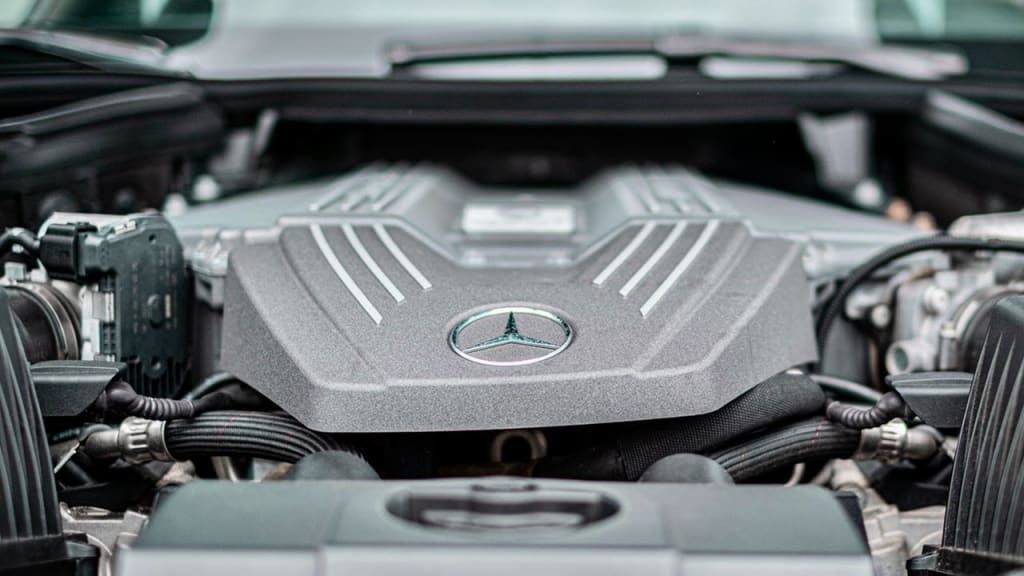Detecting and Addressing Vacuum Leaks in Your Car: Signs and Solutions
Vacuum Leaks in Your Car

In the realm of automotive issues, vacuum leaks can prove to be particularly troublesome, potentially causing a cascade of problems that hinder engine performance and lead to various complications. Unlike more apparent leaks, vacuum leaks often fly under the radar, yet their impact can be substantial. Understanding the critical role that vacuum plays in a car's functioning and recognizing the signs of a vacuum leak is paramount for maintaining optimal vehicle performance.
The Role of Vacuum and Causes of Vacuum Leaks
Vacuum systems in vehicles are responsible for maintaining pressure within the engine, facilitating the flow of air crucial for combustion. This vacuum-induced low-pressure environment draws air into the engine, promoting efficient combustion. The mass air flow sensor (MAF) monitors and regulates the volume of air entering the engine to ensure proper performance. Vacuum leaks typically occur within the air intake system, in areas where the leaks evade detection by the MAF. These leaks are often the result of damage to air flow lines, allowing external air to infiltrate the system due to cracks or holes in the air intake system. Several key factors contribute to vacuum leaks, including:
1. Damaged Air Intake Manifold
2. Cracked Intake Manifold Gasket
3. Faulty Vacuum Hose
4. Malfunctioning Exhaust Gas Recirculation (EGR) Valve
Recognizing Common Signs of Vacuum Leaks
Irrespective of whether your car is a luxury model or an everyday commuter, vacuum leaks can arise due to neglect or insufficient maintenance. Identifying these leaks early is crucial for preventing further damage and performance degradation. Familiarizing yourself with the telltale signs of vacuum leaks can empower you to diagnose the issue promptly and seek appropriate solutions. Here are some prominent signs to watch out for:
1. Unusual Noises: One of the first signs of a vacuum leak is the emergence of strange noises, such as squealing or hissing sounds. These noises arise from the air being drawn into the air intake system through leaks or openings.
2. Rough Idling: Vacuum leaks disrupt the balance of air and fuel entering the combustion chambers. This imbalance results in a lean mixture, where insufficient fuel is available for combustion. Consequently, the engine's RPM fluctuates irregularly during idle, leading to a rough and unstable idling experience.
3. Backfiring: A vacuum leak-induced lean air-fuel mixture can hinder proper combustion. When the ignition system fails to burn the mixture effectively, unburnt fuel accumulates in the cylinders. Subsequent ignition of this accumulated fuel can cause a backfire, leading to a sudden and unexpected release of energy within the engine.
4. Excessive Black Exhaust Smoke: If you observe thick black smoke emanating from the exhaust while driving, it indicates incomplete combustion of the air-fuel mixture. The presence of excess fuel in the mixture, attributed to a vacuum leak, can lead to environmental pollution and even cause emission test failures.
5. Check Engine Light Activation: The illumination of the check engine light is a clear indicator that something has gone awry within the engine. While multiple factors can trigger this warning, a vacuum leak is a possible culprit. Utilizing an OBD2 scanner to retrieve error codes can help determine whether a vacuum leak is contributing to the issue.
Conclusion
Recognizing the signs of a vacuum leak in your vehicle is vital to maintaining its performance and longevity. Vacuum leaks, often neglected due to their inconspicuous nature, can give rise to a host of problems that affect various aspects of engine operation. From triggering strange noises and rough idling to causing backfiring and emitting black smoke, vacuum leaks can compromise the overall health of your car. It's crucial to address these issues promptly to prevent further damage and ensure your vehicle operates at its best.
Regular maintenance and periodic inspections of the air intake system, intake manifold, vacuum hoses, and EGR valve can help prevent vacuum leaks from occurring. In the event that a vacuum leak is detected, seeking professional assistance to identify the source and rectify the issue is recommended. By staying vigilant and informed about the signs of vacuum leaks, you can ensure a smoother driving experience, improved fuel efficiency, and a longer lifespan for your beloved vehicle.
About the Creator
Mint Automotive
Mint Automotive is one of the most sought after German Automobile Specialists. At Mint Automotive we are dedicated to German automobile servicing and repairing which includes Audi, BMW, Mercedes-Benz, Mini Cooper and Volkswagen.






Comments
There are no comments for this story
Be the first to respond and start the conversation.